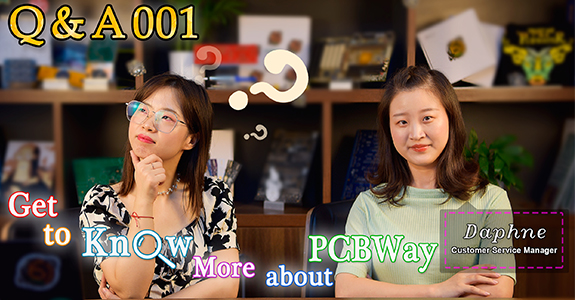PCBWay Q&A-001 | Get to Know More about PCBWay Services

In this series of articles, we will answer the questions that are frequently asked by our clients. And this Q&A 001 is mainly about our full-featured PCB relative services. You can also enjoy our video version below. We invite Daphne, a customer service manager who has worked at PCBWay for over 6 years to answer the following questions. Q1: Could you pls give a brief introduction about the services that PCBWay are offering ? Daphne: Sure. As we can see from our website, currently we are not only offering Quick PCB prototyping and manufacturing service, but also PCB assembly and design service, which we are proud to say that we can meet your pcb needs totally under one roof. Q2: What are the general capabilities of PCBWay? Daphne: We are able to produce up to 14-layer PCB, and have a wide range of services, including HDI boards, Alumium PCB, Flex PCB and Rigid-flex PCB. Also we have most choices to customize your boards, based on your special needs on solder mask colors and su...
